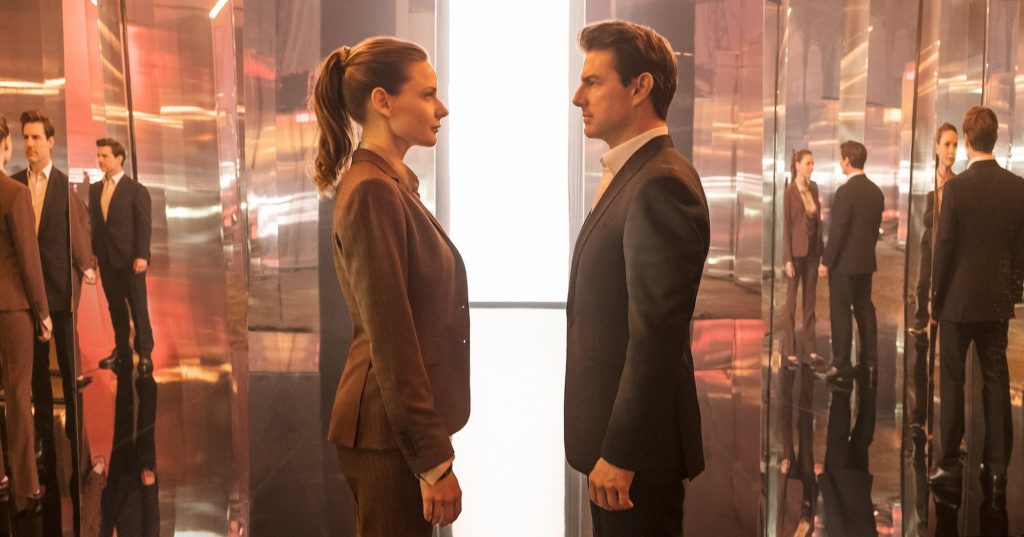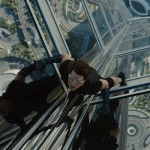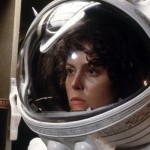Mission: Impossible—Fallout Review

RATING: 



(3.5 STARS)
For the longest time, the Mission: Impossible franchise felt disjointed. Different directors—Brian De Palma, John Woo, J.J. Abrams, Brad Bird—brought different styles to essentially the same story, and the supporting cast, while consistently enjoyable, was always changing to the point that it was difficult to connect with anyone outside of Tom Cruise’s Ethan Hunt and Ving Rhames’ Luther Stickell.
With the series’ sixth installment, Mission: Impossible—Fallout, the franchise fully forms into the hybrid Bond/Bourne/Fast/Furious that it was always meant to be. It’s got everything—international intrigue, personal stakes, a hero who can do anything but who also isn’t afraid to make a mess or work up a sweat. We know his friends. We know his enemies. The filmmakers can allude to the past without distracting from the present or spending too much time setting up the future. It’s a marvelous piece of film entertainment.
If every Mission film is about chasing down a MacGuffin, Fallout‘s is plutonium in the form of three heavy orbs in a suitcase. Hunt has visions of a nuclear apocalypse killing everyone and everything, including his beloved Julia (Michelle Monaghan), but if anyone is going to stop it, the IMF knows it’s him.
The CIA and its director, Erika Sloane (Angela Bassett), feels differently. After Hunt loses the plutonium on a mission in Berlin, she assigns August Walker (Henry Cavill) to tail Hunt and make sure there aren’t any further mistakes. IMF Director Alan Hunley (Alec Baldwin) ensures that Hunt’s boys, Luther and Benji (Simon Pegg), are there for backup, but no one is quite prepared for the reappearance of Ilsa Faust (Rebecca Ferguson), the tricky MI6 agent who so frequently disrupted Ethan’s plans in Rogue Nation.
From Paris to London to the India-Pakistan border, they chase the plutonium and multiple foes—the White Widow (Vanessa Kirby), an alluring arms dealer with a link to Hunt’s past; Solomon Lane (Jared Harris), Rogue Nation’s big bad who Hunt must break free in order to get an audience with the group holding the plutonium; and a mysterious character only known as John Lark.
Fallout is unquestionably the fastest and most relentless Mission: Impossible film to date. In total, there were perhaps two or three entirely “quiet” scenes where the action pauses and we either advance a character or catch one up. Everything else is either a chase, fight, or elaborate mask sequence that’s admittedly action-free but still far too tense to call quiet.
The highlight scene is up for debate. There’s no Burj Khalifa moment that towers (no pun intended) over everything else in the film or the series. My personal favorite was the helicopter chase that was a key component to the film’s trailers and marketing, but anyone who stans for the lengthy Paris breakout/chase or the inspired Wolf Blitzer gambit is on firm ground, too.
Perhaps what I liked most about Fallout, though, is the way it closes so many loops and alluded to each previous Mission film with reverence. A fan of the emotional stakes of M:I3? The cat and mouse in Rogue Nation? Sexy repartee that spans a couple decades like the original? There’s something in this movie for all of you, and the path forward feels clear of baggage.
Future watches will certainly reveal some plot twists that tend to breeze past you in a first breathless two-plus hours, but that’s no matter. Mission: Impossible—Fallout is a near perfect action blockbuster and a film that’s going to be mighty hard to top, whether director Christopher McQuarrie slides into the chair again or someone else jumps in to do something near impossible.













